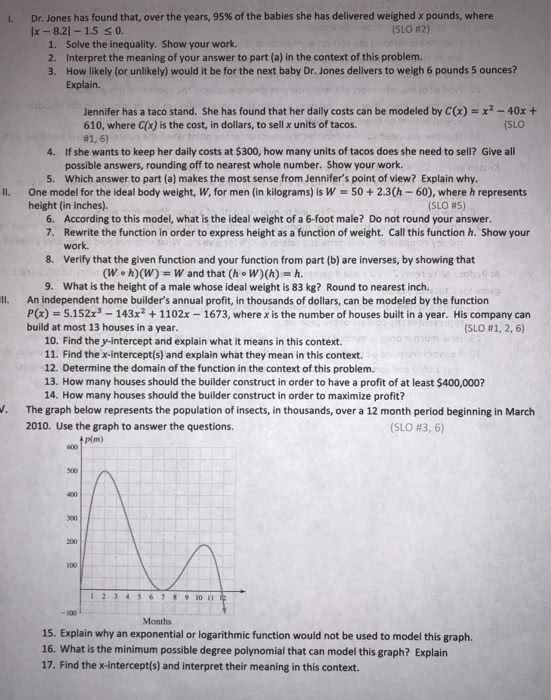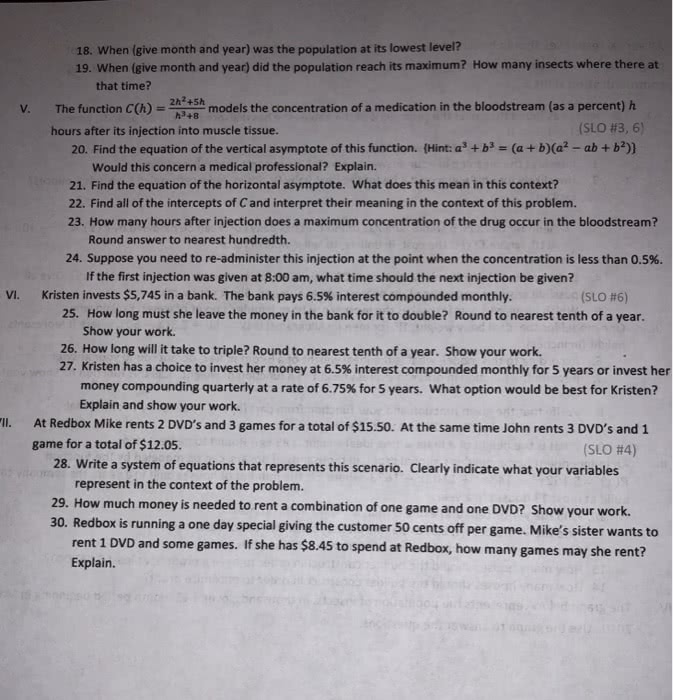MATH 3295 Lecture 9: The Paycheck Problem:Visualizing Equivalent Fractions
22 views2 pages
Document Summary
She then spends 3/5 of what remains on her house payment. She spends 1/3 of what is then left on other bills. Finally, she spends 1/4 of the remaining money for entertainment. This activity leaves her with , that she puts into savings. X*(1/6)=(1/6)x (x-1/6x)*(3/5)=x/2 (x-(x/6)-(x/2))*(1/3)=(x/9) (x-(x/6)-(x/2)-(x/9))*(1/4)=1/18x x-(x/6)-(x/2)-(x/9)-(x/18)=150 (18-3-9-2-1)x/18=150 x/6=150 x=900 so the salary is equal to . House- 3/5 of what is left of the 50/60 = 30/50. Bills 1/3 of what is left of 30/50=6 1/3. When working with fractions, you may have been told that you can create equivalent fractions by multiplying the numerator and denominator of a fraction by the same non-zero value. For example, (cid:2871)(cid:2872) can be rewritten as an equivalent fraction by multiplying the numerator and denominator both by 3 (i. e. , (cid:2871)(cid:2872) (cid:2871)(cid:2871)), resulting in 9(cid:2869)(cid:2870). Although this can be rationalized symbolically, (e. g. , (cid:2871)(cid:2871) is equivalent to 1, and multiplying (cid:2871)(cid:2872) by 1 won"t change the value of (cid:2871)(cid:2872) since (cid:2871)(cid:2872)(cid:2871)(cid:2871) (cid:2871)(cid:2871)
Get access
Grade+20% off
$8 USD/m$10 USD/m
Billed $96 USD annually

Homework Help
Study Guides
Textbook Solutions
Class Notes
Textbook Notes
Booster Class
40 Verified Answers
Class+
$8 USD/m
Billed $96 USD annually

Homework Help
Study Guides
Textbook Solutions
Class Notes
Textbook Notes
Booster Class
30 Verified Answers

